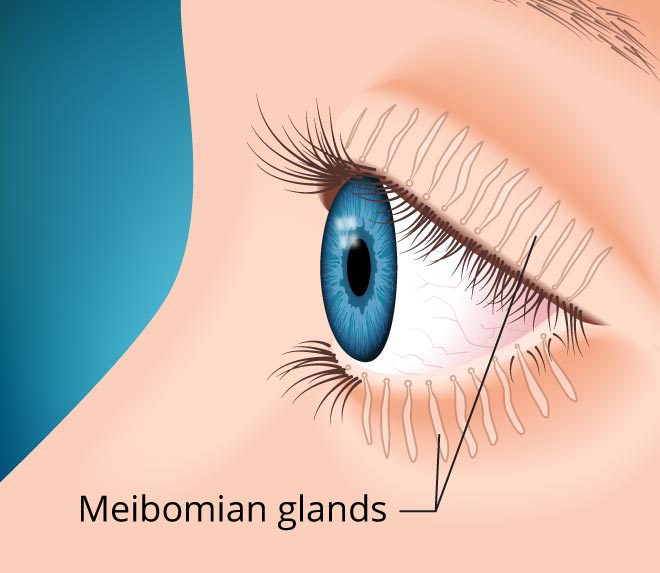EYE CONCERNS - Sjogren's can be more than just dry eyes.
Ocular signs and symptoms of Sjögren syndrome are similar to those seen in dry eye states. Subjective complaints of ocular irritation may vary and include the following:
Lid irritation and swelling
Medscape
Uveitis (pronounced you-vee-EYE-tis) is caused by inflammatory responses inside the eye. Inflammation is the body's natural response to tissue damage, germs, or toxins.
Uveitis produces swelling, redness and heat, and can destroy tissues as white blood cells rush to the affected part of the body to contain or eliminate the problem.
Blepharitis means inflammation of the eyelids.
Anterior blepharitis affects the outer margins of the eyelids (where the eyelashes emerge); posterior blepharitis affects the inner margins (which touch the eye). Anterior blepharitis is generally of staphylococcal or seborrhoeic origin, and posterior blepharitis results from meibomian gland dysfunction. Mixed blepharitis (combining anterior and posterior components) is common.
Blepharitis usually causes symptoms of eye itching, irritation, burning, increased tearing, and the sensation that something "may be in the eye."
A doctor may prescribe a topical antibiotic and heat or saltwater compresses. Often, doctors may also prescribe antibiotic-steroid combinations.
Recently, there has been interest in also taking omega-3 fatty acids for treatment of blepharitis and dry eye.
Studies looking into the benefits of omega-3 fatty acid supplements have found fewer dry eye symptoms in people who take the supplement. It appears that omega-3 fatty acids can improve the eye’s oil film. The meibomian glands produce this oil film. Omega-3 has been shown to improve dry eye symptoms and reduce the need for artificial tears.
RESEARCH INTO OMEGA 3
The Role of Omega-3 Dietary Supplementation in Blepharitis and Meibomian Gland Dysfunction: This is the first demonstration of an induced change in the fatty acid saturation content in meibum as a result of dietary supplementation with omega-3 fatty acids.
Eye care tips:- Blink more frequently: Meibomian glands are a special kind of sebaceous gland at the rim of the eyelids. They secrete oil by nerve action and the mechanical action of blinking. The rate of blinking decreases with both age and near vision tasks such as computer use. If you concentrate on blinking more for a few days, especially when you are on the computer it will become a habit that can improve your eye dryness.
The Meibomian glands, also called tarsal glands, are a holocrine type of exocrine glands, at the rim of the eyelids inside the tarsal plate, responsible for the supply of meibum, an oily substance that prevents evaporation of the eye's tear film. There are 25 to 40 meibomian glands in the upper eyelid and 20 to 30 in the lower eyelid.



